Basic Course of Thermo-Fluid Analysis 04: Chapter 3 Basics of Flow - 3.1.1 Velocity, speed, and flow rate, 3.1.2 Pressure
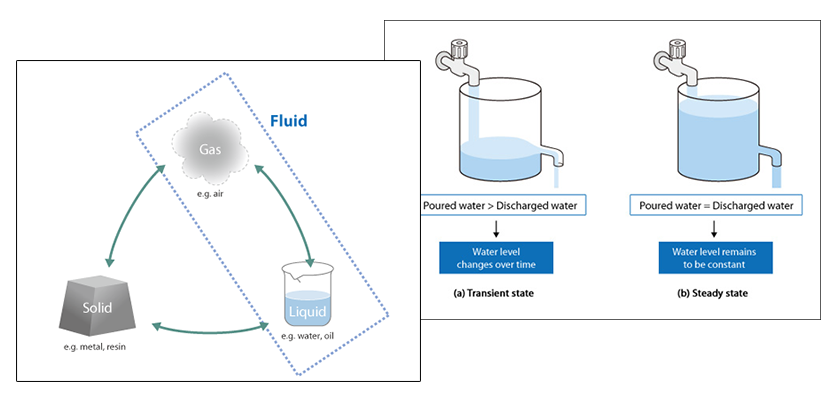
Chapter 3 Basics of Flow I
Chapter 3 discusses parameters used to describe flows. The units used in this chapter conform to the SI unit system.
3.1 Describing flows
A flow is the movement of a fluid. Fluids can be either liquids or gases. For gases, the gas flow is often invisible. Therefore, flows must be described in some form. This chapter introduces the typical parameters used to describe flows. These parameters will help you visualize the movement and behavior of the invisible flows.
3.1.1 Velocity, speed, and flow rate
Velocity and speed describe the rate of the movement of a fluid per unit time, and the unit is m/s. When the term fluid velocity is used, it indicates both magnitude and direction of movement. Velocity is called a vector quantity because it contains these two pieces of information. On the other hand, speed only specifies “the magnitude of fluid velocity”. Speed is a scalar quantity, It specifies the magnitude and has no directional information.
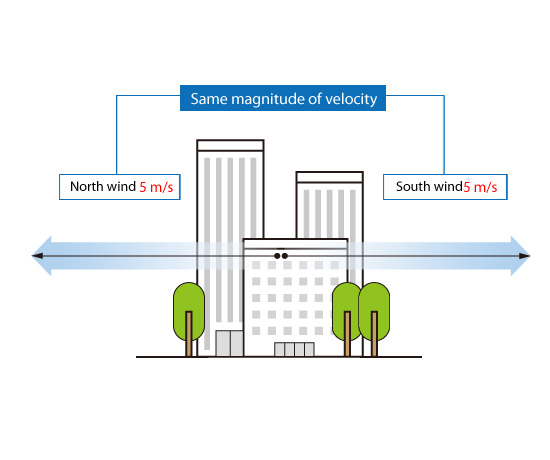
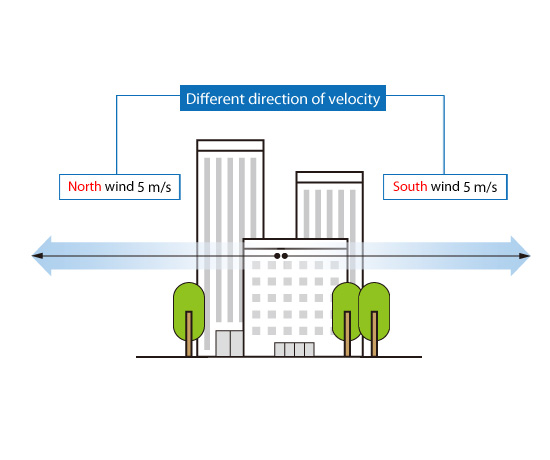
Figure 3.1: Magnitude and direction of velocity
Flow rate is the volume of a fluid passing through a cross-section per unit time. The unit of flow rate is m3/s. Flow rate is also called volumetric flow rate, and is obtained by multiplying the area of the cross-section through which the fluid passes by the velocity of a flow normal to the cross-section. If we multiply the volumetric flow rate by the density of the fluid passing through a cross-section per unit time, this is called the mass flow rate. Its unit is kg/s.
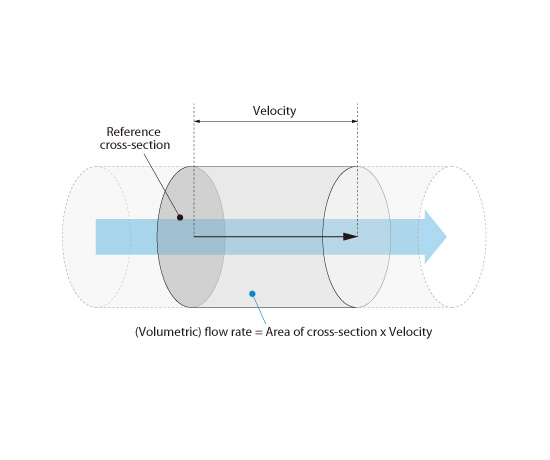
Figure 3.2: Velocity and flow rate
3.1.2 Pressure
Pressure is the amount of force acting on a unit surface area, and its unit is Pa. The force (unit: N) is obtained by multiplying the pressure by the area on which the pressure acts. The standard atmospheric pressure on the ground is 101,325 Pa. This is equivalent to a 10 metric tons (t) object on an area of 1 m2.
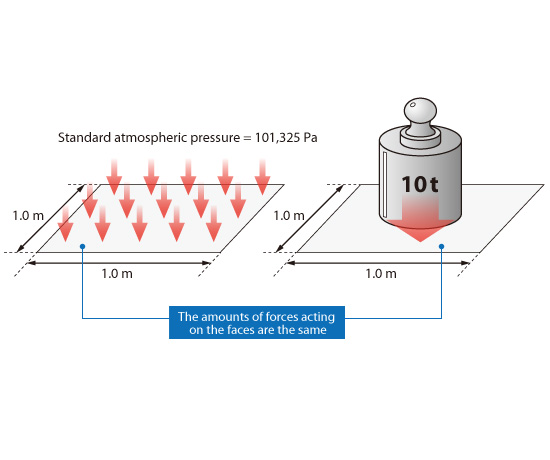
Figure 3.3: Standard atmospheric pressure

About the Author
Atsushi Ueyama | Born in September 1983, Hyogo, Japan )
He has a Doctor of Philosophy in Engineering from Osaka University. His doctoral research focused on numerical method for fluid-solid interaction problem. He is a consulting engineer at Software Cradle and provides technical support to Cradle customers. He is also an active lecturer at Cradle seminars and training courses.


